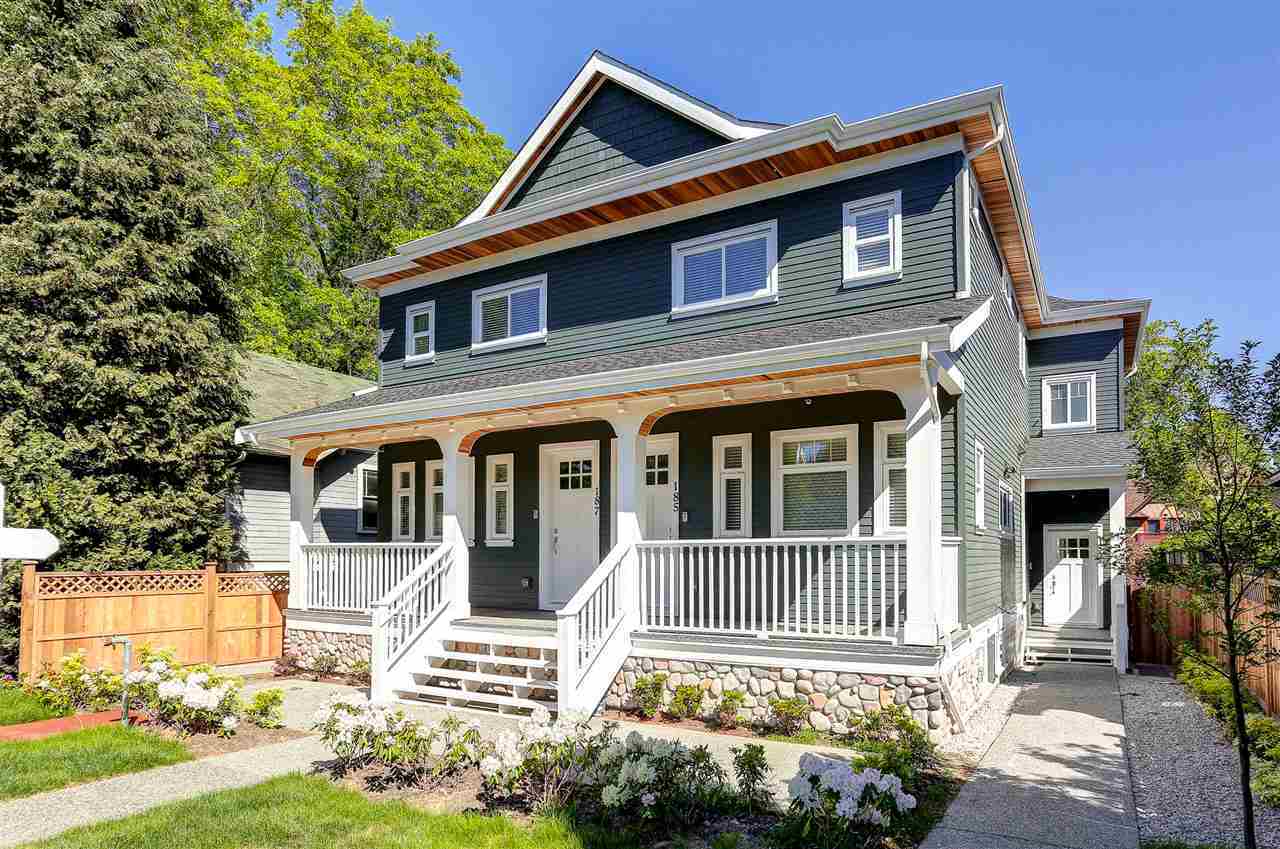“I think people recognize that part of the challenge is that we’re losing young families, we’re losing essential workers, none of whom are going to qualify for affordable housing,” Mathew Reed, policy director for Silicon Valley at Home, told San José Spotlight. “They’re leaving the city, and oftentimes leaving beyond the Bay Area to find more residential opportunities. So the modest introduction and new opportunities in single-family neighborhoods in different parts of the city is very appealing to people.”
BY: Lloyd Alaban┃San Jose Spotlight
PUBLISHED: June 24, 2021
Building higher and denser in San Jose has divided residents, affordable housing advocates and single-family homeowners. But a new poll shows a majority of residents support adding more housing units to suburban neighborhoods.
A new poll released by affordable housing advocacy group Silicon Valley at Home finds that 56% of residents support changing zoning laws to allow for duplexes, triplexes and fourplexes in single-family neighborhoods—a concept known as Opportunity Housing.
The survey, conducted by EMC Research, asked 412 registered voters a series of questions about affordable housing and housing density. They conducted the survey over four days in March and April , with a margin of error of about 4.83%. EMC Research conducted interviews in English, Spanish, Vietnamese and Chinese.
Ninety percent of respondents felt building more affordable housing and addressing racial inequality were important priorities, with just under half saying that these were extremely important issues.

The idea for Opportunity Housing aims to increase the city’s housing stock by allowing multi-units and more density in single-family neighborhoods—which comprise around 94% of the city’s residential areas. The percentage of San Joseans living in a single-family home is much lower: 50% according to the U.S. Census Bureau.

Supporters say Opportunity Housing will increase the number of homes in the city and make housing more affordable.
“I think people recognize that part of the challenge is that we’re losing young families, we’re losing essential workers, none of whom are going to qualify for affordable housing,” Mathew Reed, policy director for Silicon Valley at Home, told San José Spotlight. “They’re leaving the city, and oftentimes leaving beyond the Bay Area to find more residential opportunities. So the modest introduction and new opportunities in single-family neighborhoods in different parts of the city is very appealing to people.”
Reed added that, “There are folks that are not making enough money to afford rent in the city and can’t gain access to the wealth-building opportunities, who just can’t get access to wealth-building opportunities of owning a home and can’t get any access to neighborhoods in the city that are leafy-green and have rich schools.”

Opponents meanwhile believe densifying single-family neighborhoods will create fewer parking spots for current residents, add more vehicle traffic, tax already-stressed city services and destroy the character of single-family neighborhoods. They point to alternative solutions, such as placing denser housing in the city’s urban villages, which place commercial and residential space near transit centers.
“These existing single-family neighborhoods were planned to be single-family neighborhoods,” said Tobin Gilman of Families & Homes San Jose, an advocacy group that opposes Opportunity Housing. The group has support from several neighborhood associations across the city. “When you start densifying these neighborhoods and go beyond the levels that they were planned for, you’re going to tax the existing infrastructure: Water, sewer, power, electrical grid, police and fire.”

A sample letter on Families & Homes San Jose’s website to address the City Council. Photo courtesy Families & Homes San Jose.
Gillman is also concerned that Opportunity Housing will reduce options for residents. He said fewer single-family homes means less opportunity for people to own them, less opportunity for residents to generate wealth through their property and fewer choices for people’s housing to fit their lifestyle.
“There’s no one-size-fits-all here. We need to promote diversity of housing types,” Gilman said. “Homeownership is something that many people aspire to. The American Dream has been largely been framed, at least for many people, to have a house with a white picket fence. I would hate to see that go away.”
Aaron Eckhouse, regional policy manager of California YIMBY, said instead that Opportunity Housing will create new chances for all residents to be able to afford housing without significantly changing housing in each neighborhood.
“Sometimes this gets presented as if it’s taking something away from existing homeowners, which I think is really off base,” Eckhouse said. “We’re not taking anything away from anyone. This is about adding opportunities for future generations.”
A San Jose renter would have to make $50 an hour, or $103.650 a year to afford a typical, market-rate two-bedroom apartment. A buyer would have to earn $118 an hour, or $246,042 a year to afford a median-priced, single-family home.
In October, the San Jose City Council will consider exploring Opportunity Housing in earnest, including holding community outreach sessions and measures to prevent the displacement of residents.
